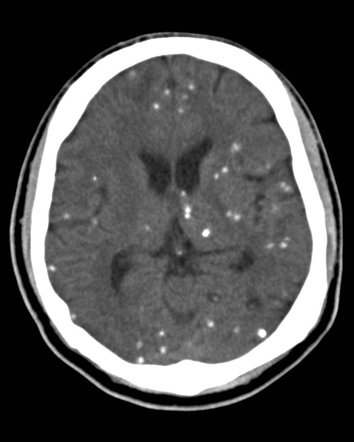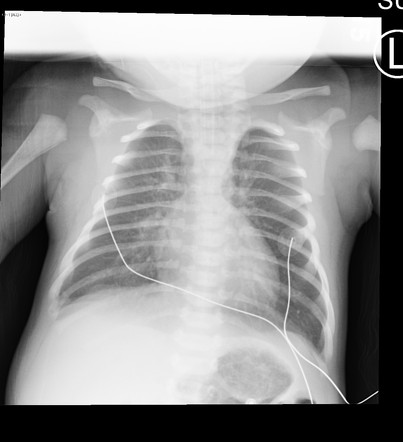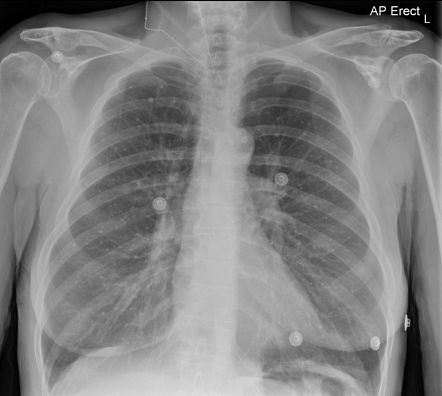Ring Of Calcification Around Heart Usmle

Aortic valve calcification is a condition in which calcium deposits form on the aortic valve in the heart.
Ring of calcification around heart usmle. It is important to assess for signs of associated constrictive pericarditis. You and your doctor can take the results and decide if you need to make any changes to your medicine or. A score of zero means no calcium is seen in the heart. A score of 100 to 300 means moderate plaque deposits.
However as we grow older we increase the risk of developing something called an aortic valve calcification or a calcium buildup in the heart. It suggests a low chance of developing a heart attack in the future. The coronary calcium scan tells you how much calcified plaque is in your heart s arteries. A calcified heart valve is one in which a large amount of calcium has been deposited over many years.
Calcifications over the left ventricle or cardiac apex are rare unless pericardial calcification is extensive. Pericardial calcification is more common over the right side anterior and diaphragmatic aspects of the heart in the atrioventricular grooves 7. When a heart valve becomes calcified the leaflets become stiff and the valve eventually becomes narrowed stenotic. We re all aware of how important it is to stay attuned to our heart health at any age.
The most common treatment for coronary calcification involves dietary and lifestyle changes as well as medication. When blood flow reaches a critically low level symptoms such as shortness of breath with exertion and chest pain often occur. Coronary artery calcification cac typically causes no symptoms initially as the condition develops over many years. In an aortic valve calcification calcium deposits form.
The goal of most treatment is to either thin the blood so that it flows more easily or to directly reduce. 45 yo chinese immigrant with edema abdominal girth jvd with prominent x y waves decreased heart sounds with ring of calcification around the heart. Surgery may also be used in very severe cases. According to the mayo clinic this nasty condition generally appears in individuals over the age of 65.
Heart valves are normally formed of leaflets that are thin and pliable. Calcification occurs when calcium builds up in areas of body tissue where calcium normally doesn t exist. If a heart attack is not imminent less invasive measures are usually attempted first and the condition is closely monitored. Find out how it can disrupt your body s normal processes.
This narrowing can become severe enough to reduce blood flow through the aortic valve a condition called aortic valve stenosis. When calcium is present the higher the score the higher your risk of heart disease.














































